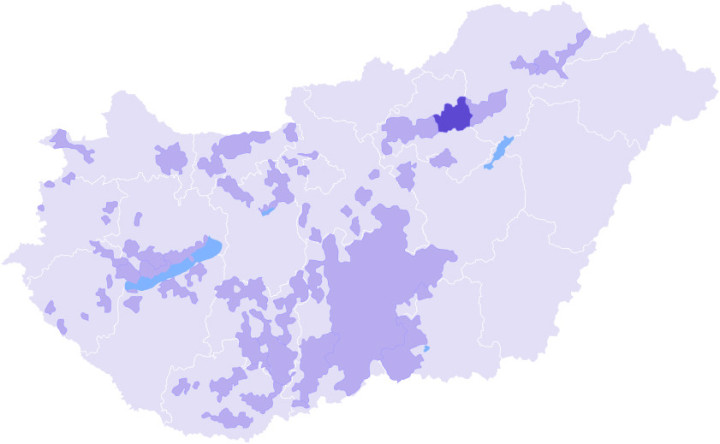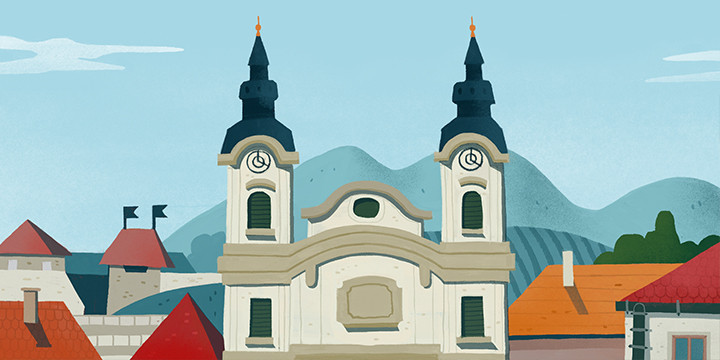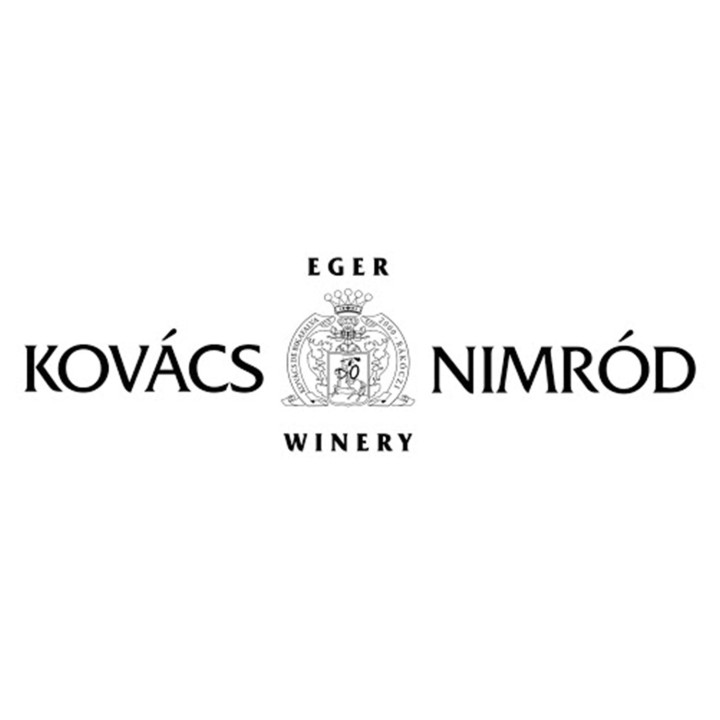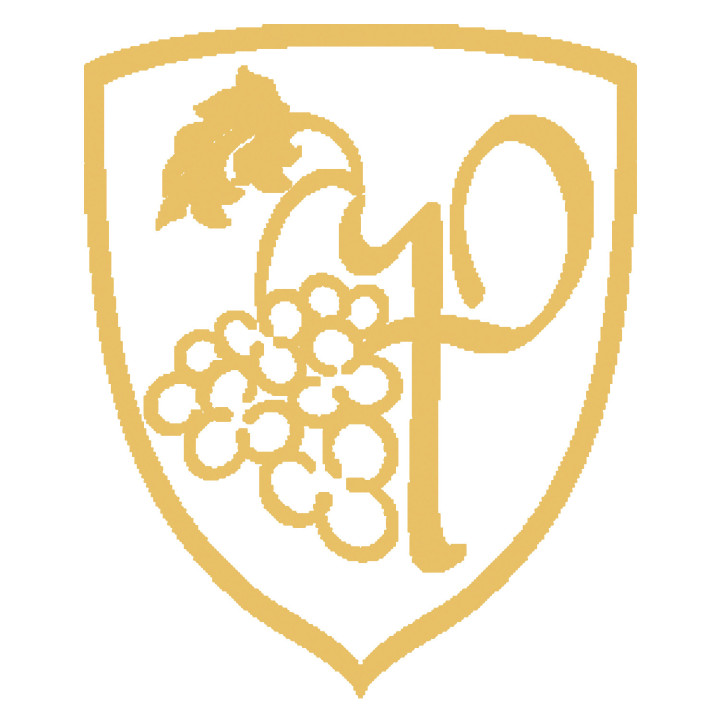Eger: Best wineries, wine tastings and wines
Top suppliers
More wineriesBest wine tastings
More wine tastingsNyolcas and Sons wine tasting with natural wines
Nimród Kovács wine tasting with grand superior Eger wines
Nyolcas and Sons wine tasting with natural wines
Nimród Kovács wine tasting with grand superior Eger wines


Best wines
More winesEger magazine
Hungarian red wines you must taste
Battle of red wines: Eger vs. Szekszárd Bull's Blood
Eger's Bull's Blood once again reaches for the sky


What attributes contribute to the success of the Eger wine region?
One of the driest, most drought-prone areas of Hungary is the Eger wine region, which is protected from the cold, biting air currents by the Bükk mountain range from the north. The real spring weather arrives late in this area, thus the growing season is shorter than average due to the climatic conditions. Fortunately, the brown forest soil of the wine region provides a perfect opportunity for viticulture, as it contains limestone, rhyolite tuff, rhyolite-dacite lava rocks, and dolomite. If you want to see the attributes and beauty of the Eger wine region with your own eyes, just look at the Nagy-Eged mountain, and you will get answers to all your questions!
Climate of the Eger wine region
Although the climate in Eger is decidedly cool due to the mountains surrounding the area, its microclimate is top-notch for quality viticulture. There is generally little rainfall, which is disproportionately distributed on the farmland, but thanks to the careful work of experienced Hungarian winemakers, this does not pose an obstacle to the cultivation of flavorful grapes and the making of excellent wines.
A little history of the Eger wine region
The boom in Eger's wine culture was brought about by the bishopric founded by Saint Stephen. The monks arriving from abroad brought not only religious books but also the popular grape varieties in their home countries to Hungary. In the Middle Ages, one of the most populous bishoprics in our country was in Eger, so it is no wonder that the Church actively participated in viticulture and winemaking. They covered their wine needs from the wine made nearby, and they also made a significant income from its sale.
The next level was brought by the settlement of the Rác people, who, among other things, introduced the technology of fermentation on the skin, previously unused by us, and the Kadarka grape variety to the Hungarians - the blue-colored Kadarka has now become one of the most common red wine grapes in Hungary. Most of the vineyards were named at the end of the 17th century when the Eged and Rác vineyards were already producing wine. The Egri Bikavér (Bull’s Blood of Eger) became famous in the second half of the 19th century, and its name was given by the poet János Garay for the juice made from the domestication of several grape varieties.
Finally, the reputation of today's popular Eger wines was established in the 19-20th century, and the success has been uninterrupted since then. Today, not only the Castle of Eger but also the wine of Eger immediately comes to mind for anyone who encounters the name of the city located on the southwestern edge of the Bükk region. After the change of regime, winemaking picked up even faster, and winemakers also replanted the new varieties on the most fertile lands alongside the old vines. Moreover, following the events of 1989, winemasters began to use traditional oak barrel aging with renewed enthusiasm alongside new technologies.
What should you know about the famous wineries of Eger?
The mysterious, variably shaped cellars of Eger were mostly carved into rhyolite tuff for easy shaping, but it was also an advantage that there was no need to support the cellar ceiling separately. However, hornfels and sandstone cellars are not uncommon either, so even if you're not fundamentally a fan of wines, it's worth exploring the city of Eger just for its exciting cellars.
These are the most delicious wines of Eger!
Wines made from white grapes
● Chardonnay
● Debrői Hárslevelű
● Leányka
● Olaszrizling
Wines made from black grapes
● Egri Bikavér
● Cabernet Franc
● Cabernet Sauvignon
● Kadarka
● Kékfrankos
● Merlot
● Pinot Noir
● Portugieser
Do you fancy the wines of Eger, and would you like to spend one or even several days in one of the cities in our country with the richest history? Don't hesitate, embark on new adventures, and feel free to book a date for one of the above wine tasting programs!








